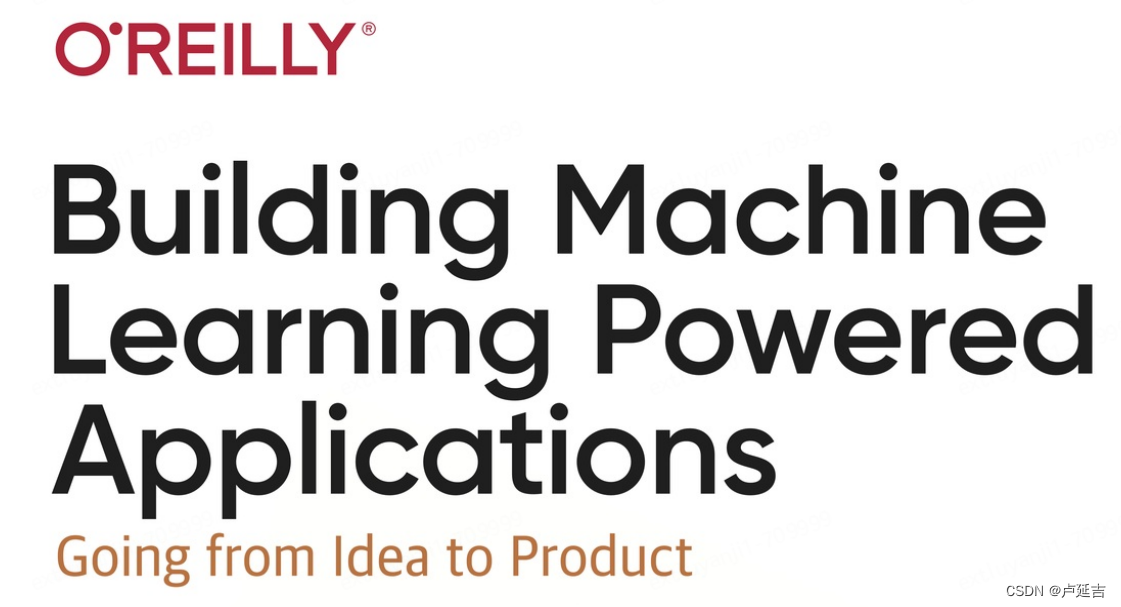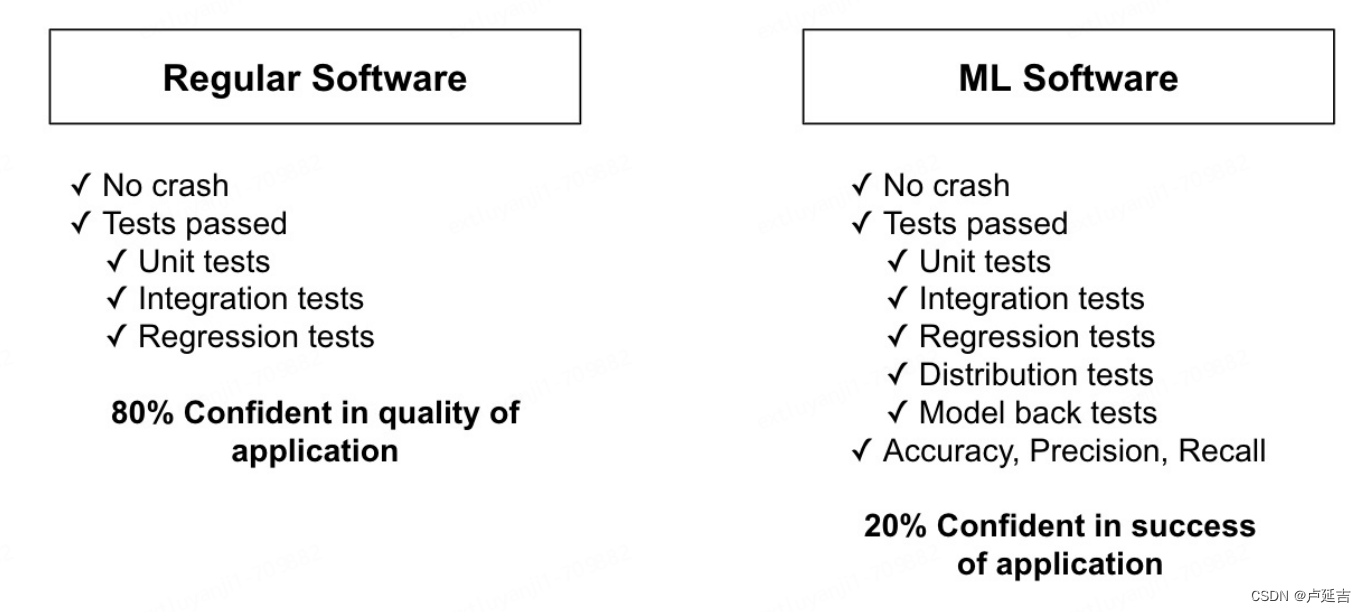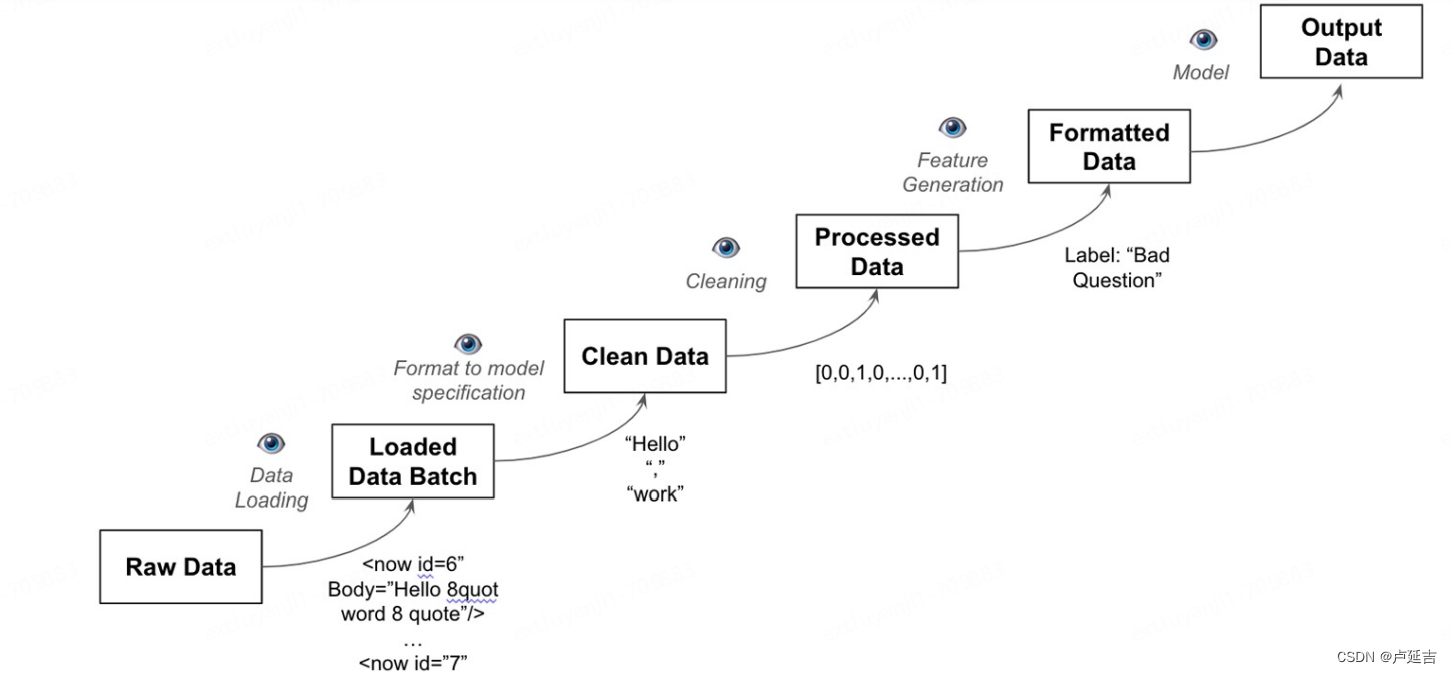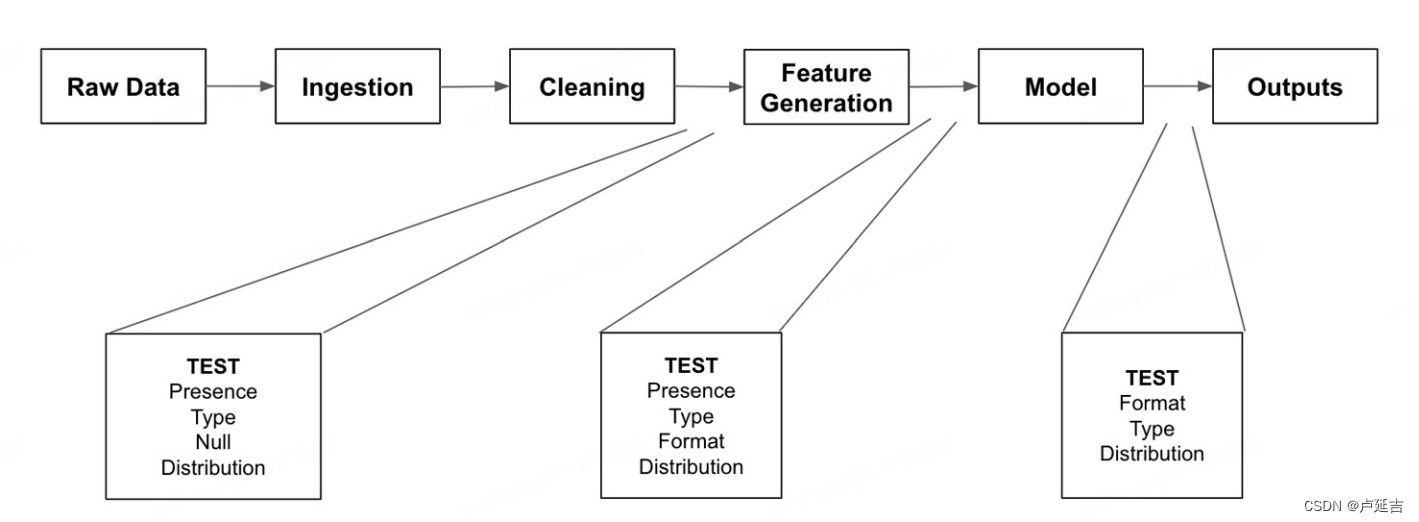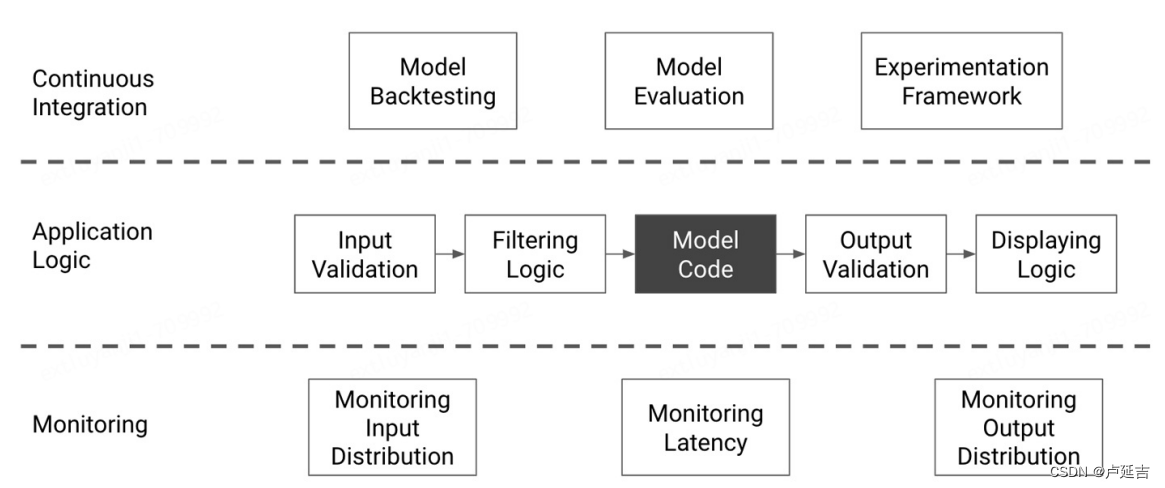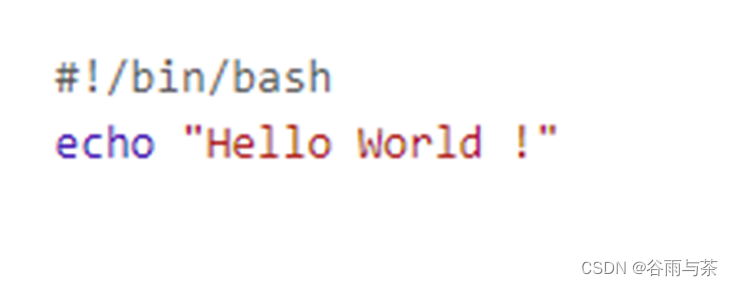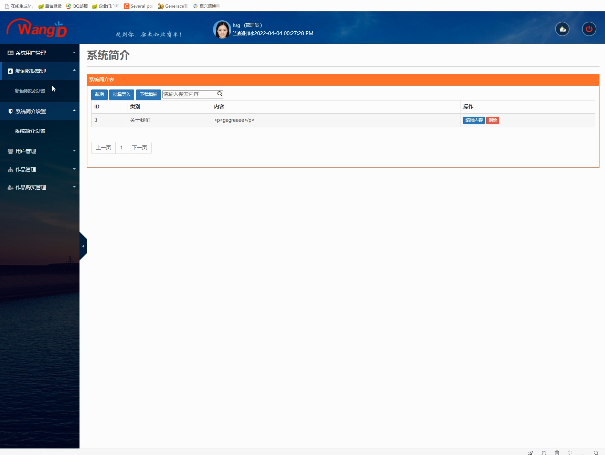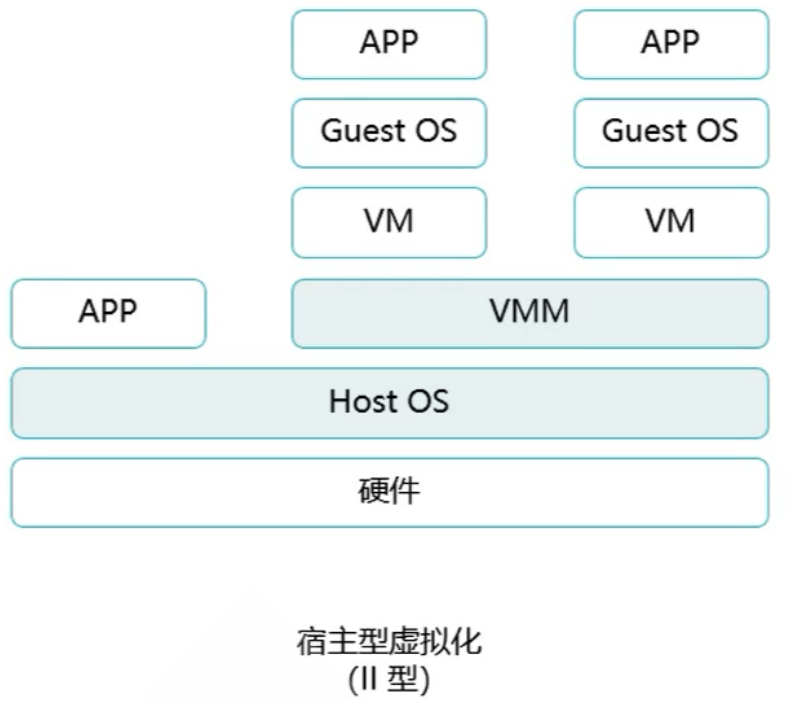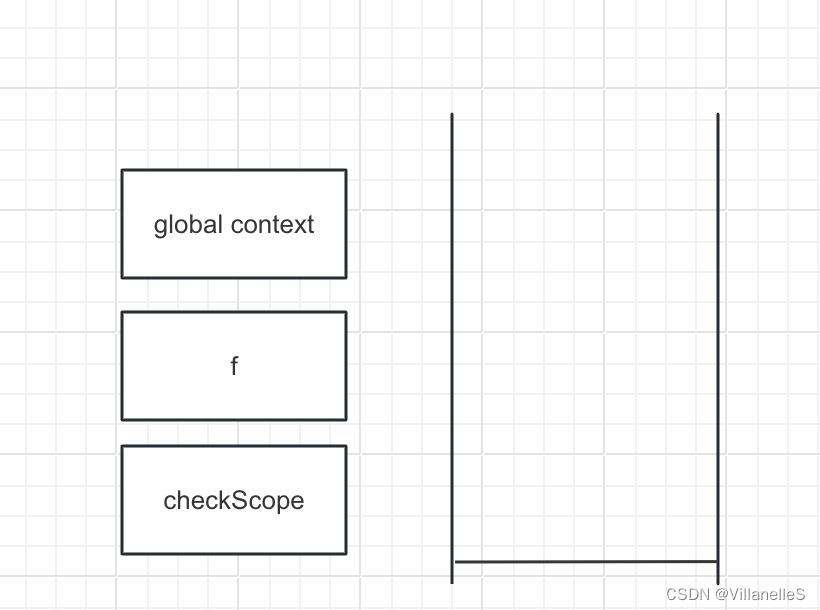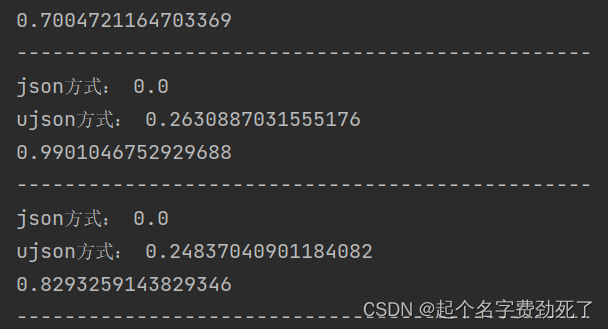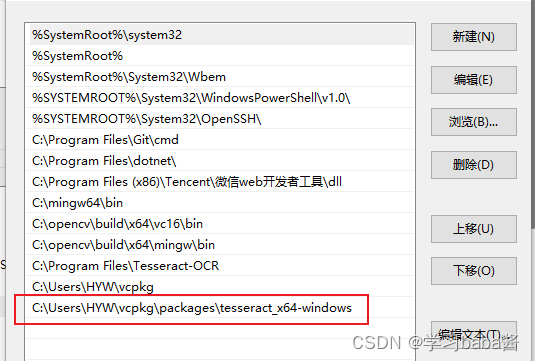How was the data you are using collected?
What assumptions is your model making by learning from this dataset?
Is this dataset representative enough to produce a useful model?
How could the results of your work be misused?
What is the intended use and scope of your model?
Data Collection:
- Massive Datasets: Machine learning thrives on large amounts of data. This data can come from various sources, including public databases, sensor readings, user interactions, and even simulations.
- Collection Methods: The methods used depend on the data source. For instance, web scraping might be used for public data, while surveys or app integration might be used for user-generated data.
Assumptions and Bias:
- Underlying Patterns: Models are trained to identify patterns in the data. These patterns are assumed to hold true for future data, which isn't always guaranteed.
- Bias from Data: The data itself can be biased, reflecting the way it was collected or inherent societal biases. A model trained on biased data will perpetuate those biases in its outputs.
Representativeness and Generalizability:
- Generalizability Goal: The goal is to create a model that works well on new, unseen data. This depends on how well the training data represents the real-world scenario the model will be used in.
- Limited Data Issues: If the training data is limited or not diverse enough, the model might not perform well on unseen data. This is known as overfitting.
Misuse of Results:
- Unintended Consequences: A model designed for one purpose could be misused for another, potentially leading to unfair or discriminatory outcomes.
- Transparency Issues: If the inner workings of a model are not transparent, it can be difficult to identify and address potential biases or errors.
Intended Use and Scope:
- Clearly Defined Goals: Machine learning models are built for specific purposes. It's crucial to define the intended use and scope clearly from the outset.
- Responsible Development: Developers should consider potential biases and limitations during development to ensure the model is used responsibly.
